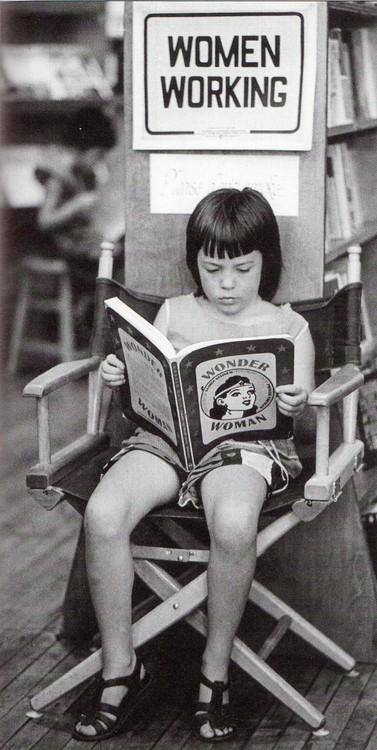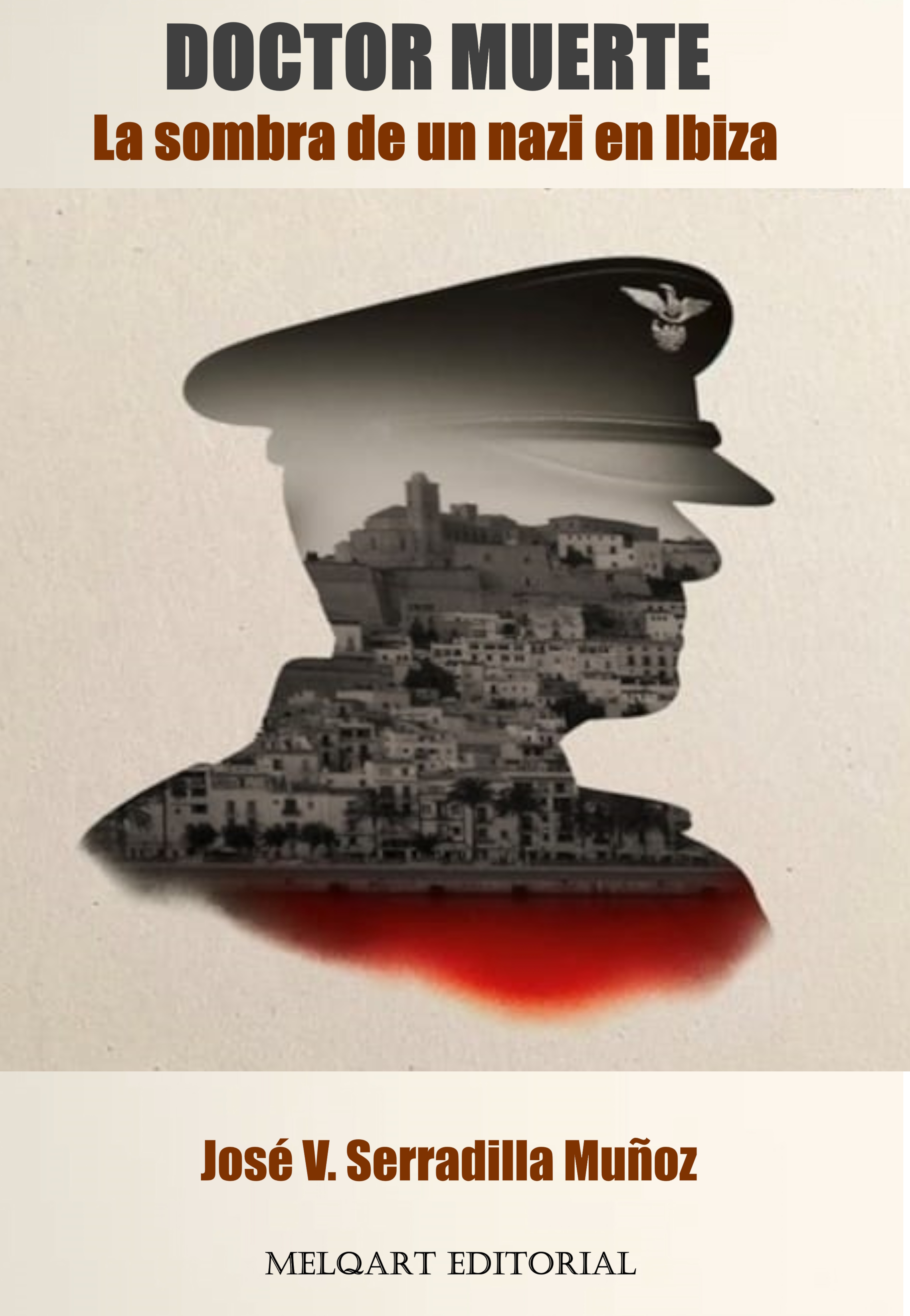WHAT AREAS OF SPAIN IS READ MORE?
Surely you have ever wondered In which areas of Spain do you read the most?. The Barometer of Reading and Buying Habits of Books 2017 reflects that the 40% of the Spanish do not have the habit of reading. And that women do it more frequently than men. This study has been prepared by the Federation of Publishers Guilds of Spain (FGEE), with the sponsorship of the General Directorate of Politics and Cultural Industries and the Book of the Ministry of Education, Culture and Sports.
Nonetheless, The news is positive because the practice of reading has grown compared to the 2012, year the last study was published. According to the current report, the number of readers in Spain rises to 65,8%. Almost six out of ten Spaniards read in their free time, although they only do it daily 29,9%.

Habits become intrinsic to the person when they are established during childhood.
Reading habits vary depending on the area of Spain. Madrid is in first place, with the largest number of readers (71,4%), eleven points more than the national average. Eight other communities are also above the average for 59,7%. While Extremadura is the first starting from the end. The communities in which the number of readers has grown the most are Navarra, The Rioja, Asturias, Murcia, Castilla- La Mancha and Andalusia.
Other interesting facts
- The number of readers older than 14 years has grown since 2012 and is located in the 65,8%, taking into account readings for leisure and for study or work. This reduces the distance that still separates us from the European average.: El 70%.
- a 40,3% of the population of Spain never or almost never read for pleasure.
- The most frequent readers have between 14 y 24 years. The abandonment of the custom is observed among the 25 and the 34 years.
- Those who read the most are people with a high level of education. El 80,7% of the population with university studies declare themselves readers.
- Occupation also conditions reading: students are the most readers (75,7%), the unemployed follow (63,2%) and then the busy (61,5%).
- The language in which it is read the most is Spanish. El 89,9% of books purchased 2017 They were written in Spanish.
- Most books are bought in bookstores, El 48,4%. Those obtained through the Internet have been increasing until reaching 11,9%; while shopping in department stores, book clubs and hypermarkets decline.
- Three out of ten Spaniards use libraries, mostly public.

The cause is unknown, but women read more than men.
Reasons not to read
and I wonder: Is reading one of the fundamental axes that indicate the economic and moral progress of Spanish society?? Yes that's how it is, How are there reasons not to read??
- Most of those who do not read do so due to lack of habit. (47,7%).
- Followed by those who say they don't like it or aren't interested (35,1%).
- There are those who prefer to dedicate their free time to other entertainment. (18,7%).
- The elders of 65 years allude to vision problems. en Ibiza editions we have the solution to this problem: LeOigo (TALKING BOOKS)
In which area of Spain were the most books purchased during the year? 2017?
One in every four books read in 2017 They were in digital format. Digital readers read more than paper readers: an average of 16,7 books per year versus 11,6 of the paper ones. And your library has more titles: 340 in front of 286.
Where the most books were bought was in Navarra (12,7%) and in Madrid (11%). And the communities that buy the least are the Canary Islands and Castilla y León.
Children and adolescents read A LOT
As Maria Teresa of Calcutta said: “Children are the best teachers”:
- Most children under 9 years read. They are the 85,5% of minors among 6 y 9 years.
- Among the 10 y 14 years, The reading rate is 99,6%. y el 92% of young people among 15 y 18 they do it too.
María VR
Ibiza editions
ILLES.CAT
Literary Platform online









